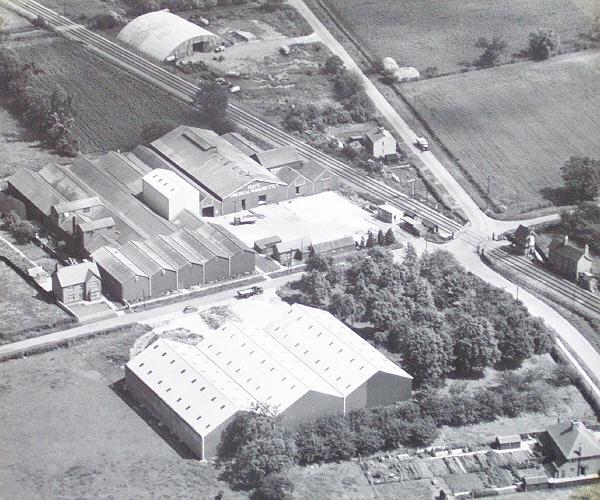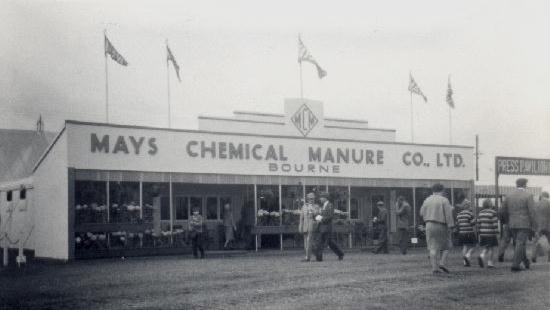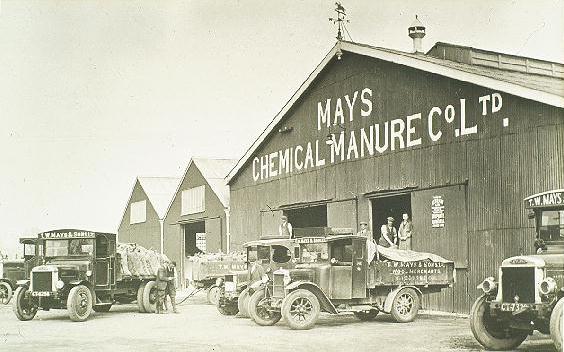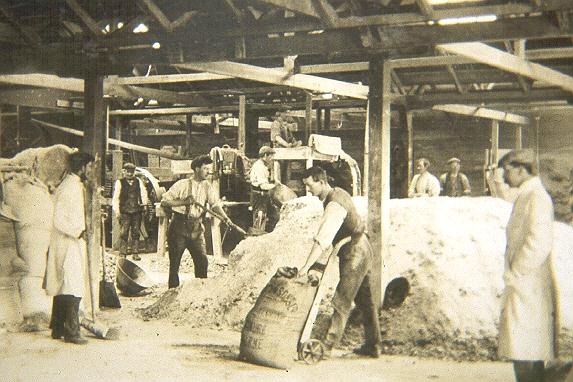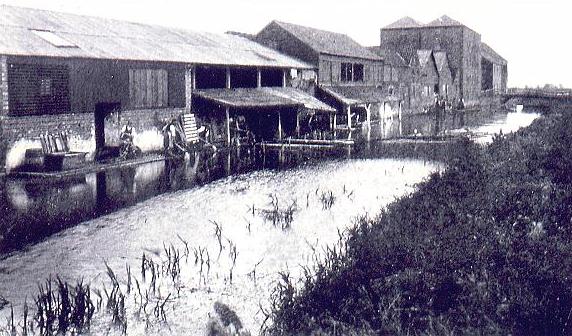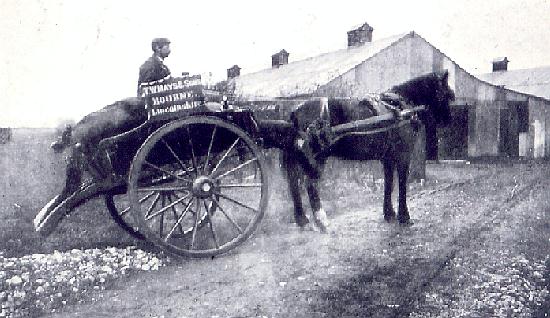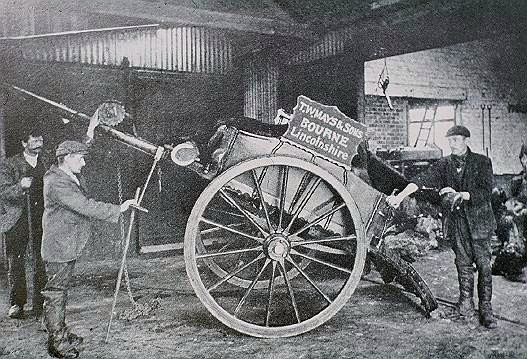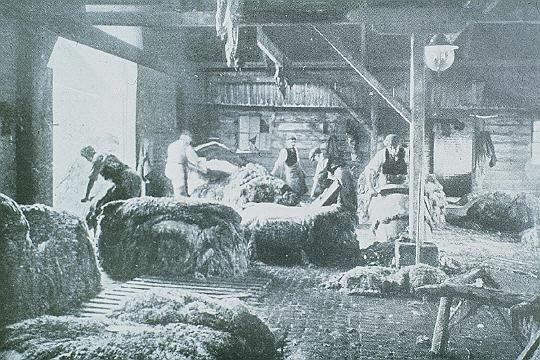|
T W Mays and Sons Ltd FELLMONGERS, WOOL STAPLERS, SKIN DEALERS & FERTILIZER MANUFACTURERS
The Mays family business dealing in wool and skins was founded by William Mays (1794-1889) in the 19th century and continued by his son Thomas William Mays (1822-1897) who had begun to extend the firm's interests in Eastgate and in 1863 he bought the premises that had been owned by John Lely Ostler. In 1889 he made further additions by the purchase of a warehouse and adjoining land situated below the Fen Bridge. By the turn of the century, when his two sons, Thomas William Mays junior (1856-1934) and George Henry Mays (1859-1926), were in control, the manufacture of chemical fertiliser was added to their activities in 1902 and the business was trading under the name of T W Mays and Sons. The skin yard in Eastgate was on the north bank of the Bourne Eau and it was here that skins were scraped and cleaned for tanning in the pits inside the sheds. This was the head of the navigable Eau and until the coming of the railway in 1860, leather, sheepskins and wool had been shipped from here by barge and boat. Wool was brought in from several countries and exports were sent out to many parts of the world. The firm had fifty regular employees in Bourne and ten more were engaged in branch establishments in Peterborough and in the summer, women were taken on for the task of wool sorting. Fallen stock was collected and processed and the meat and offal dealt with in a by-products factory while the manufacture of fertiliser was a major boost to the business. Carcasses of livestock such as horses, cattle and sheep were brought in by cart and it was the firm's proud boast in a tradesmen's catalogue of 1909 that "every atom of the carcasses reaching these works would be turned to some commercial account". In 1920, a limited liability company was formed to acquire the chemical manufacturing business of T W Mays and Sons Ltd of Bourne. The new company's capital was £30,000 and an issue of 25,000 shares of £1 each was offered for sale to the public. Expansion of the business was already underway with a new works erected alongside the Midland and Great Northern Joint Railway line in order to increase their output while additional land had been purchased to provide scope for further extensions and the building of railway sidings. The prospectus issued for the new company suggested that on past returns and with increased output, the business would yield a dividend of at least 10 per cent per annum and in allotting shares, prospective buyers of the company's products were given preferential consideration which was designed to appeal to farmers in the district. The following were named as directors of the new company: T W Mays, G H Mays, T W Atkinson, Arthur Gee, Fred Sugden, B Webb and A E K Wherry. The glue works in the Slipe developed from this activity but the unpleasant odours that emanated from the manufacturing process earned it a most unfavourable reputation in the town. Meanwhile, the fertiliser company was booming, based in corrugated iron sheds in Cherryholt Road that had been converted from First World War aeroplane hangars transported by road from an airfield in Norfolk and by 1965, the company was employing forty people. At this time, the firm also established a pig-farming unit producing several thousand pigs a year.
But the firm's prosperity was not to last. By 1980, economic conditions and changing patterns of trade coupled with out-dated plant and equipment and stiff competition from more modern factories, dictated the end of their operations and the fellmongery closed in March that year with the loss of fifty jobs. The fertiliser business in Cherryholt Road was taken over by Albright and Wilson and soon the only remaining signs in Bourne of the firm were Mays' Sluice at the end of Eastgate which regulates the water levels along the Bourne Eau and the old solvent extraction plant or glue factory which closed on 2nd March 1980 that still stands nearby although the chimney has been demolished.
See also The glue factory at the Slipe The Klondyke Horse Sanctuary George Henry Mays Thomas William Mays Raymond Mays William Hemsell How the newspapers reported the closure Go to: Main Index Villages Index |
